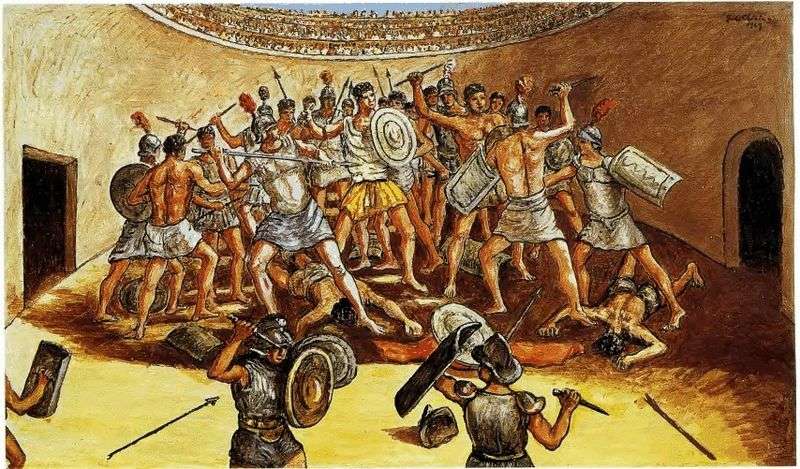
Twelve years later, working on the “Battle of the gladiators in the arena,” de Chirico is even more determined to realism. Natural colors make it believable to reproduce Roman historical realities. Each gesture of the gladiators is captured by an exclusive study of the details, while the arena and the blood-thirsty crowd are depicted very conditionally.
By color and composition, the picture resembles an antique mural. Probably, such a hoax was entirely part of the plans of de Chirico, since the heroic, at first glance, plot is filled with irony and even a certain share of the grotesque. All the characters froze with the weapon brought, as if unable to move. The dynamics again turns into static.
 At the school of gladiators by Giorgio de Chirico
At the school of gladiators by Giorgio de Chirico Gladiators by Giorgio de Chirico
Gladiators by Giorgio de Chirico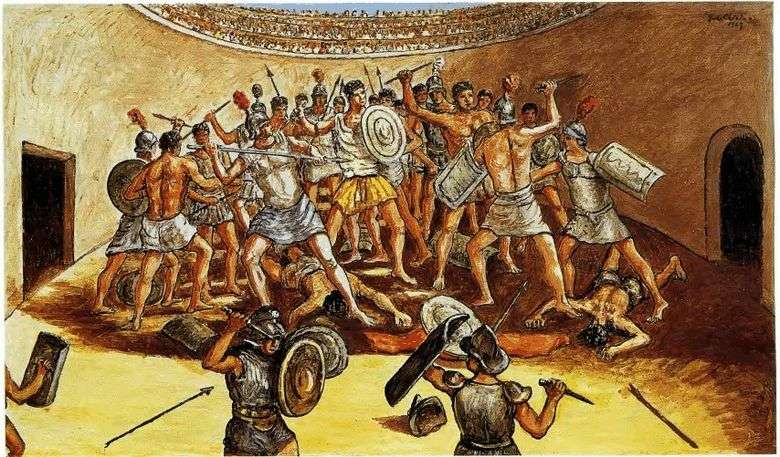 Batalla de gladiadores en la arena – Giorgio de Chirico
Batalla de gladiadores en la arena – Giorgio de Chirico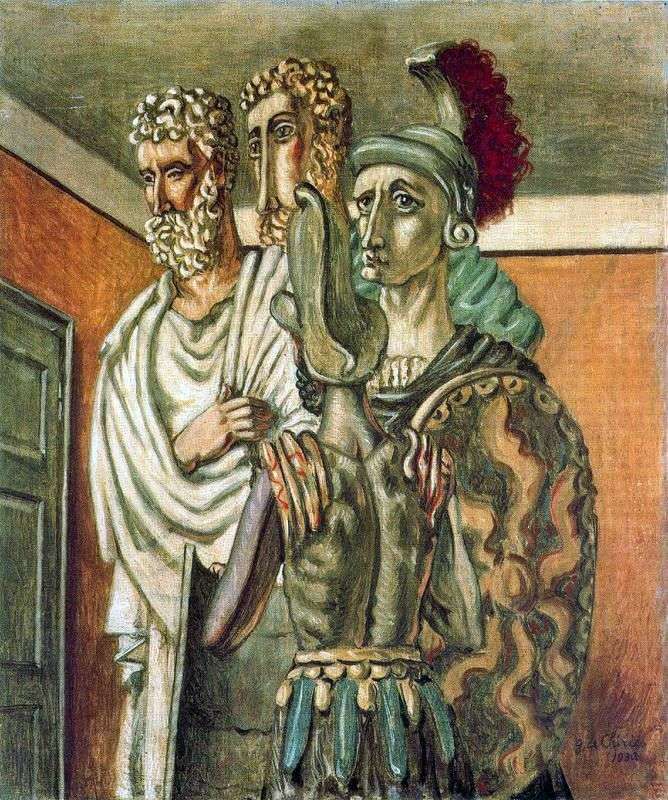 Classic figures in the room by Giorgio de Chirico
Classic figures in the room by Giorgio de Chirico Self-portrait by Giorgio de Chirico
Self-portrait by Giorgio de Chirico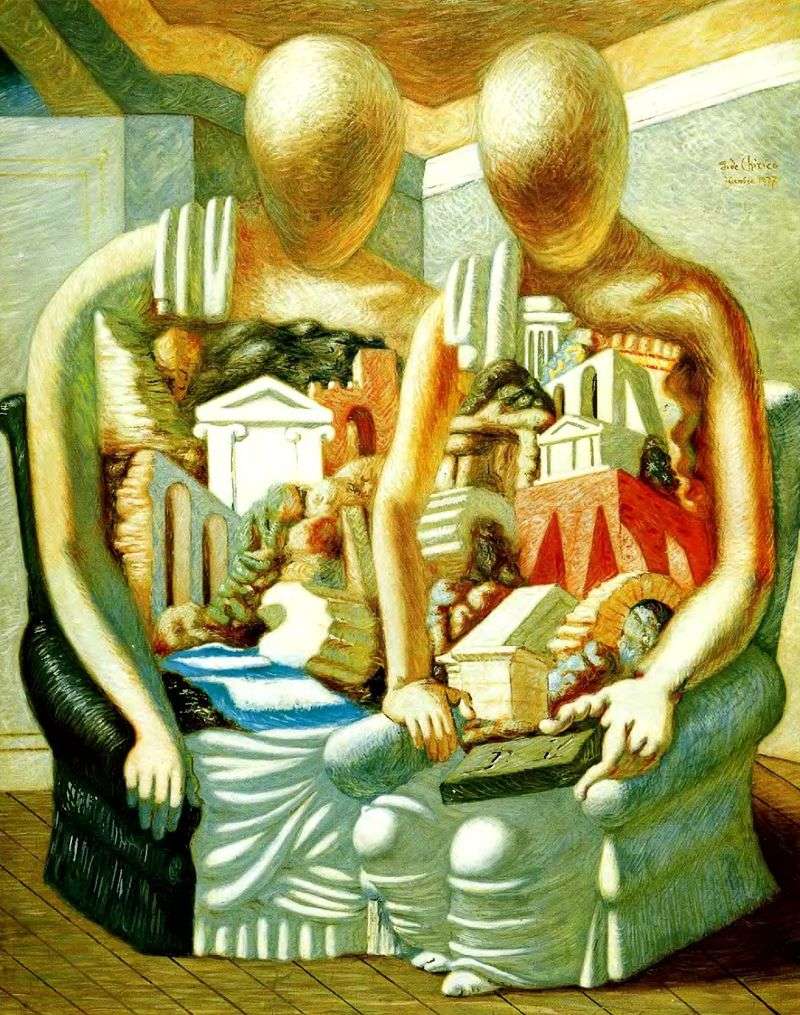 Archaeological cycle by Giorgio de Chirico
Archaeological cycle by Giorgio de Chirico Return of Ulysses by Giorgio de Chirico
Return of Ulysses by Giorgio de Chirico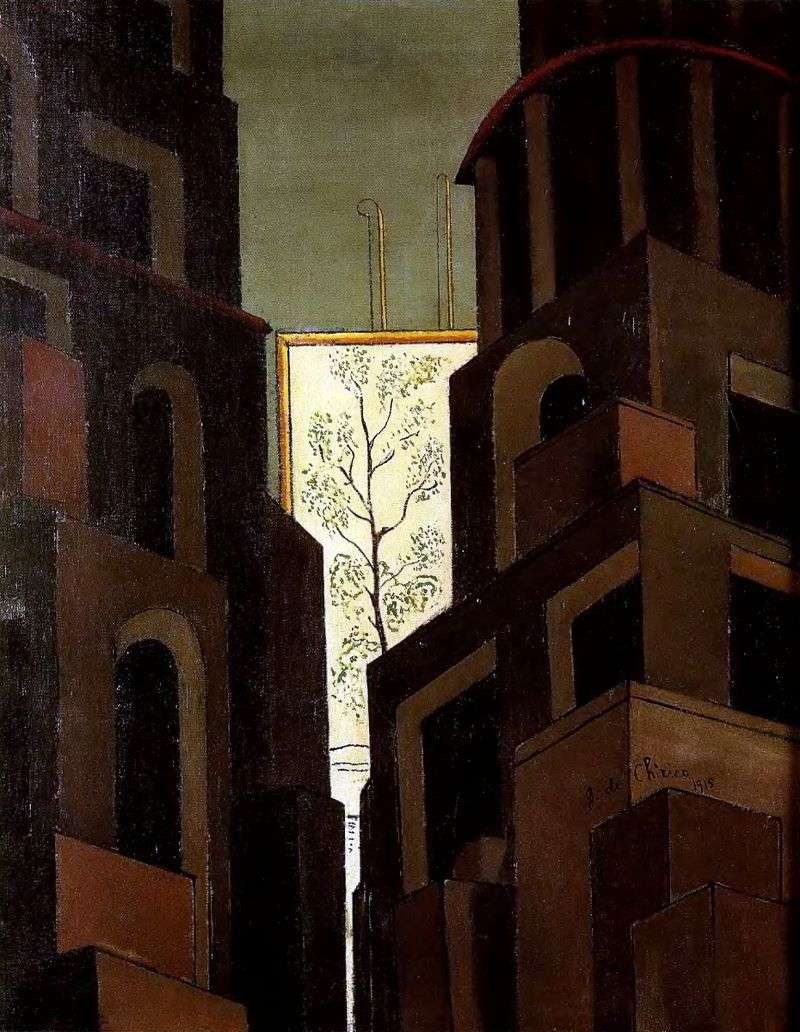 Purity of the imagination by Giorgio de Chirico
Purity of the imagination by Giorgio de Chirico